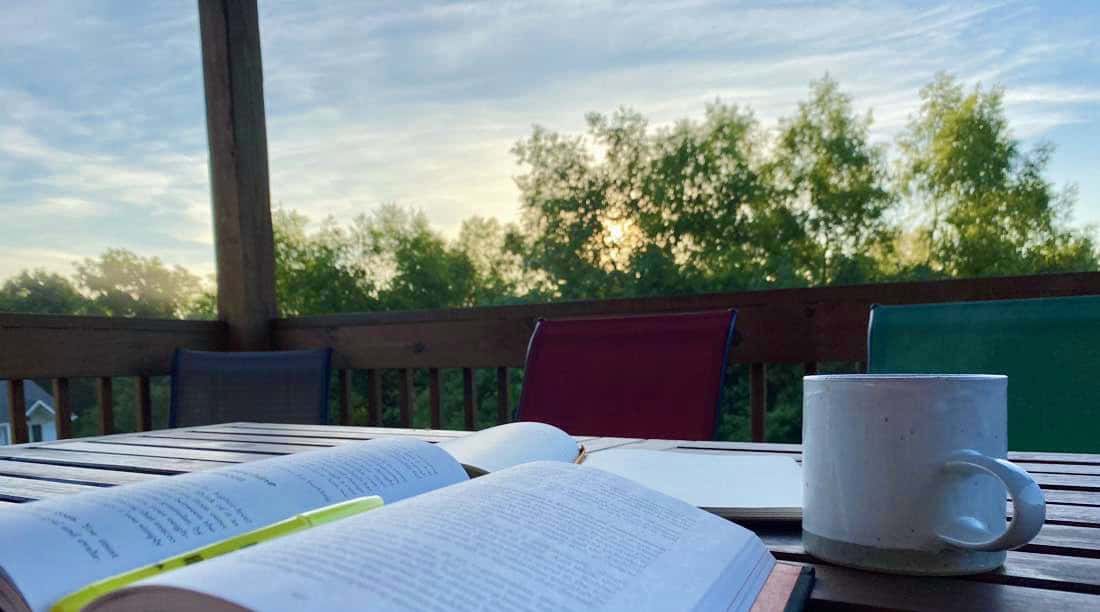A few weeks ago, as our latest Focus Academy cohort was wrapping up, one of the members asked in the Slack group about how to spend time during the “down moments” of his work day when there was roughly 5 or 10 minutes with nothing to do.
Perhaps you’ve experienced just such an awkward window of time like this — such as in-between Zoom meetings or something. And so, allow me to suggest a few ways to spend those few minutes…
- If you Use Day One scroll through your Day One timeline and read a previous journal entry.
- Browse some old photos and memories.
- Launch Day One (or any other journal you have) and log how you’ve spent your time so far for the day. Doing this for a few weeks can also be super helpful for getting a perspective of where your time and energy are being spent.
- Write down 3 new ideas. These could be articles you want to write, business ideas, places you want to visit or photograph, topics you want to research, date ideas for you and your spouse, gift ideas for a friend, etc. These ideas never have to to be acted on — the point isn’t to generate a to-do list, but rather to exercise your mind. Ideation and creativity are muscles, and the more we exercise them the stronger they get.
- Send a text message to a friend or family member to tell them how awesome they are.
- Stand up and do some stretching / body movement.
Boredom is Good (not bad)
Speaking of ways to spend that awkward downtime, one of the reasons to consider avoiding email and social media is that it can help you to reduce the amount of “novel stimuli” that you let in to your day-to-day life. (This was a main takeaway from my interview with Cal Newport)
When you have a strong baseline level of noise in all the little moments of your life, it makes it more difficult to focus on the task at hand when you’re doing deep work. Because, in short, you’re training your brain that boredom is bad.
Don’t train your brain to think boredom is bad! My 8-year-old is convinced that being bored is the Worst Thing Ever. But boredom is fine! If we “eject” every time we are bored then then it will, in turn, hinder us from being able to focus for extended periods of time.



